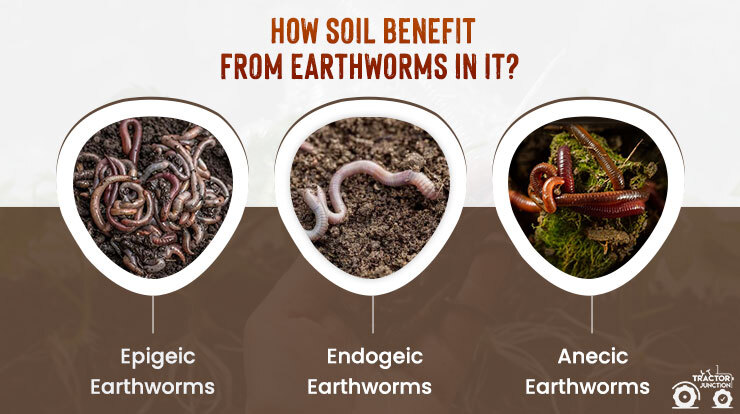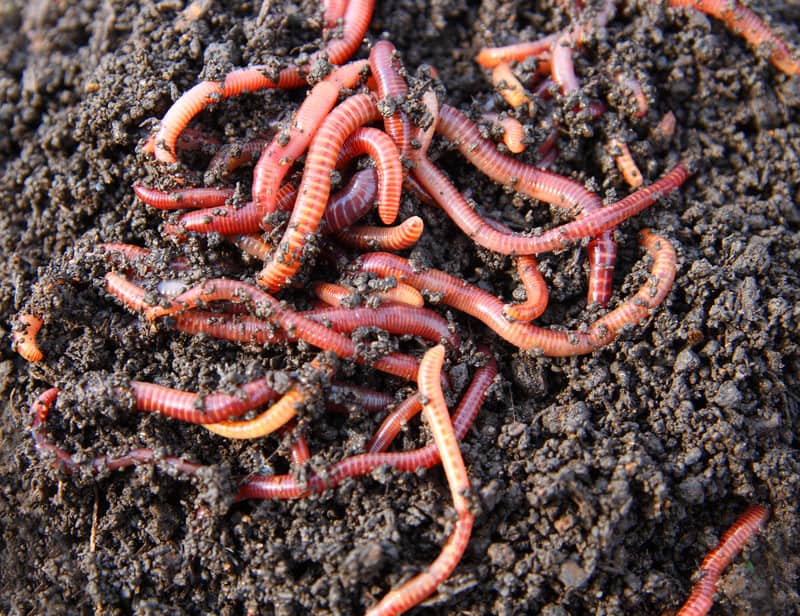Some Known Details About North Carolina Worms
Some Known Incorrect Statements About North Carolina Worms
Table of ContentsNorth Carolina Worms - QuestionsNot known Details About North Carolina Worms The Basic Principles Of North Carolina Worms Rumored Buzz on North Carolina Worms
Example: 1-gallon of worm spreadings to 4 gallons of potting mix. 1/2 mug in the base of the planting opening for smaller plants. 1 cup for larger plants.
The addition of tea can also add raised microbial biomass to your dirt. You can always side-dress your plants with worm castings any time. Just bear in mind, the bacteria will certainly die if exposed to UV rays (Sunlight), so make certain to cover the castings with an inch or so of soil.
This frustrated them for years up until the testing techniques became much better. It would certainly get far better(with more castings), degree off, and after that decrease. Also numerous worm spreadings would certainly speed up the development to a pace that the plant might not recover from.
The Ultimate Guide To North Carolina Worms
I have clarified the merits of worm spreadings for concerning 2000 words. Worm spreadings are no different. It takes time to produce high quality worm castings.
Worm castings certainly set you back more than chemical fertilizers. Worm castings are on the cheaper end of natural fertilizers. (50 gallons per year) It is a much harder and very pricey financial investment to generate huge amounts of worm castings.

Creating a healthy and balanced dirt may be the best advantage of worm spreadings. Healthy and balanced dirt was talked about and exactly how essential this has come to be to everyone. The leading 10 benefits of worm spreadings were likewise offered. We reviewed worm spreadings NPK and also the correct nutrient analysis that should relate to worm castings.
North Carolina Worms for Dummies
We talked regarding some of the negative aspects associated with worm castings. I covered a great deal of product in this write-up.
The upright burrows are normally open, although the worms cover the leading with residue and waste matter. Origins require oxygen for their development, whereas they generate carbon dioxide that requires to leave the dirt.
Earthworms raise porosity by 2 devices: (1) by developing long-term burrows, and (2) by enhancing soil gathering. Aggregation is enhanced by the mixing of soil and organic matter in the earthworms' intestines. Lake Rhodhiss Bait. These extremely steady aggregates are deposited by some earthworms in their burrows, and by others at the surface of the soil


In another research, earthworms were estimated to take in 4 to 10 percent of the leading 6 inches of the dirt yearly. This only mosts likely to reveal the huge quantities of dirt that can be refined by earthworms. Dirt compaction minimizes the porosity of the soil. Since earthworms boost porosity, they decrease the effects of compaction.
A Biased View of North Carolina Worms
Common earthworm populations can easily eat 2 lots of dry issue per acre per year, partially absorbing and blending it with dirt. The significance of earthworms to mix surface residue with soil becomes really clear in dirts that do not have any type of earthworms. A lot of our Pennsylvania soils contend least some earthworms, and the effect of their full lack, therefore, can not be kept in mind.
(https://www.craigslistdir.org/North-Carolina-Worms_373893.html)In these dirts, the formation of topsoil with practical raw material material did not happen, resulting in poor crop development. As soon as the reason was developed, the federal government of the Netherlands began a project to present earthworms. After the intro of the earthworms, a dark topsoil layer was created, and plant development boosted considerably.
They live primarily from partially broken down raw material that is currently incorporated in the soil. They eat their method with the soil, developing straight burrows that they loaded with their waste matter. These types ingest huge quantities of dirt that they blend with absorbed crop residue in their guts. or anecic species live in irreversible upright burrows that can be 5 or 6 feet deep.
Their burrows remain open, although they top the leading with crop deposit that they pull to the entry. These species ingest significant quantities of soil that they combine with absorbed residue in their guts. Their excrement is largely deposited at the surface area of the soil. The nightcrawler Lumbricus terrestris is the most popular member of this team.